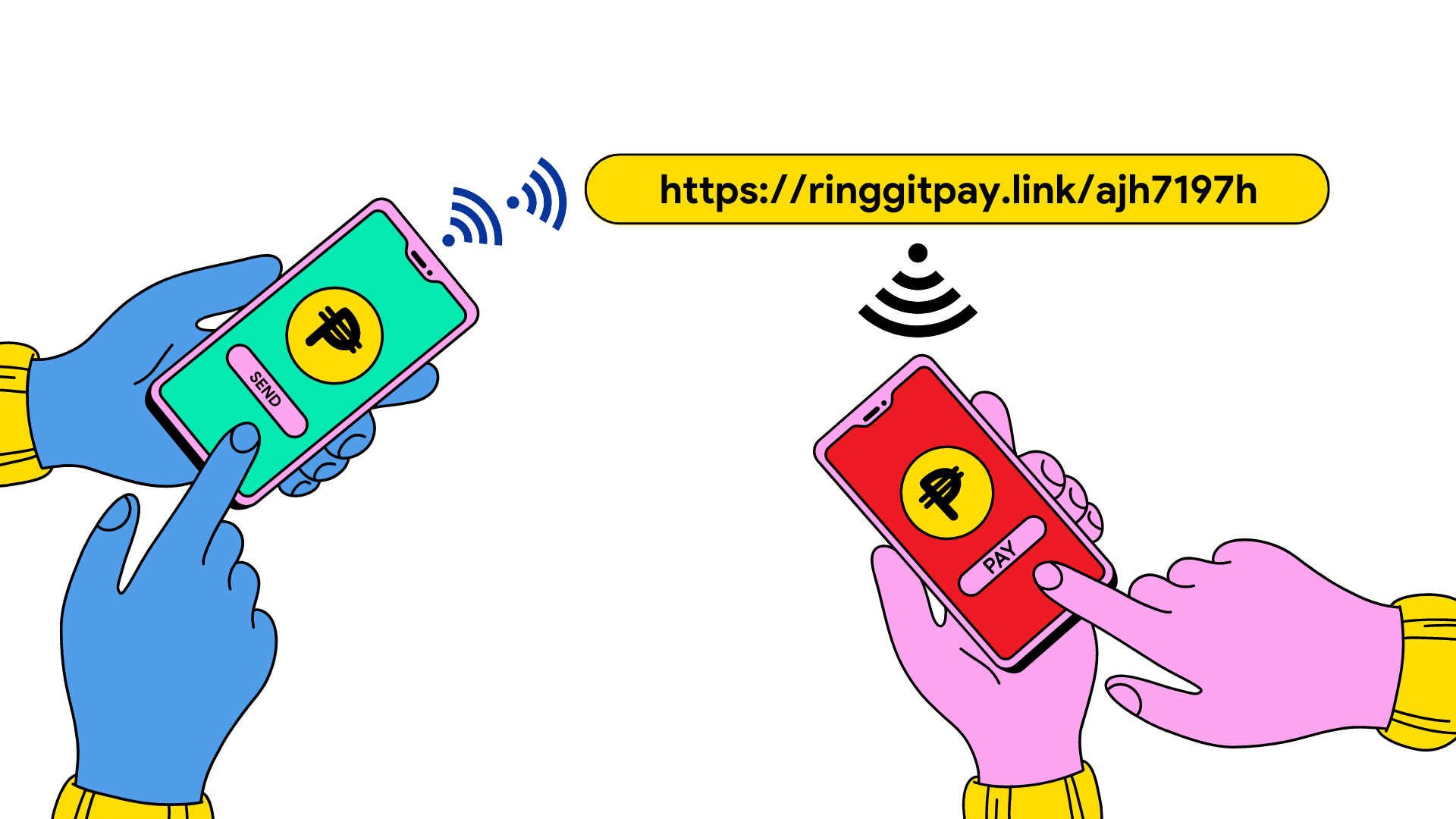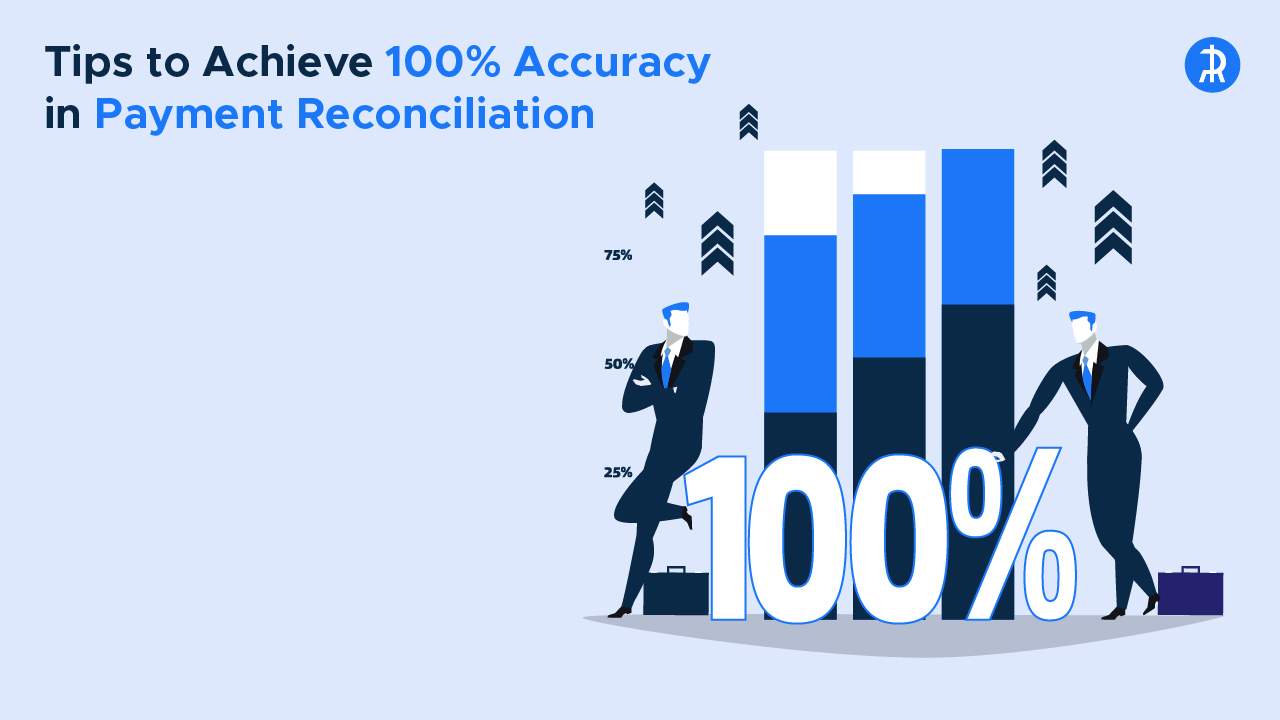Payment Links, simplifying collections & enhancing customer payment experiences in the digital world.
In the ever-evolving world of payments, convenience and flexibility are key. From bartering to cash to cards to digital payments, the way we pay has come a long way. And now, with the rise of payment links, businesses can make payments even simpler and more streamlined for their customers.
In today’s digital world, customers expect convenience and flexibility when it comes to making payments. One of the ways businesses can meet this demand is by using payment links. A payment link is a simple and secure way to request and receive payments online. It is easy to create and can be shared via websites, apps, and messaging channels. In this blog post, we will explore the benefits of using payment links, how they can help businesses streamline their payment collection process, and how customers can ensure that they are using a trustworthy payment link.

What is a Payment Link ?
Payment links are shareable texts sent to customers via SMS/e-mail or another form of online communication channels, typically used to facilitate transactions between businesses and their customers, eliminating the need for a physical payment method. They are essentially online links that can be sent to customers to initiate a payment. Upon receiving the message or invoice, customers simply click the link to pay via their preferred mode of payment option available.
What are the benefits of using Payment Links?
Accepting payments is made a breeze with Payment Links. With the ‘Push notification’ add-on feature, Payment Links eliminate merchants’ dependency on customers to remember & initiate payments. Read along this blog to learn more about Payment Link Benefits;



Are payment links safe for customers to use?
Payment Links are one of the safe & easy options to send payments for customers. However, validating the source of Payment Links is essential for customers to ensure that the payment link you are clicking on is from a legitimate and trustworthy source.
Here are some tips to help you validate the source of the payment link:
1. Check the Sender
When you receive a payment link, verify the sender’s email address or phone number. If the sender’s information seems suspicious or unfamiliar, it’s best to avoid clicking on the link.
2. Verify the Website
When you click on a payment link, make sure that the website’s URL is correct and matches the sender’s details. Scammers may use fake URLs to trick customers into entering their payment details.
3. Look for Security Indicators
A legitimate payment link will have security indicators such as a padlock icon in the address bar, indicating that the website is using SSL encryption.
4. Use a Trusted Payment Gateway
If you are unsure about the legitimacy of a payment link, use a trusted payment gateway that you are familiar with. Trusted payment gateways have robust security measures in place to protect your payment information.
Integrating businesses with reliable & trusted payment gateway ensures the safety of customers, reducing the risks of phishing. Payment Gateways make payment collections simple, efficient & effective. It makes it simple for businesses to track collections all in one place.
Related Posts




